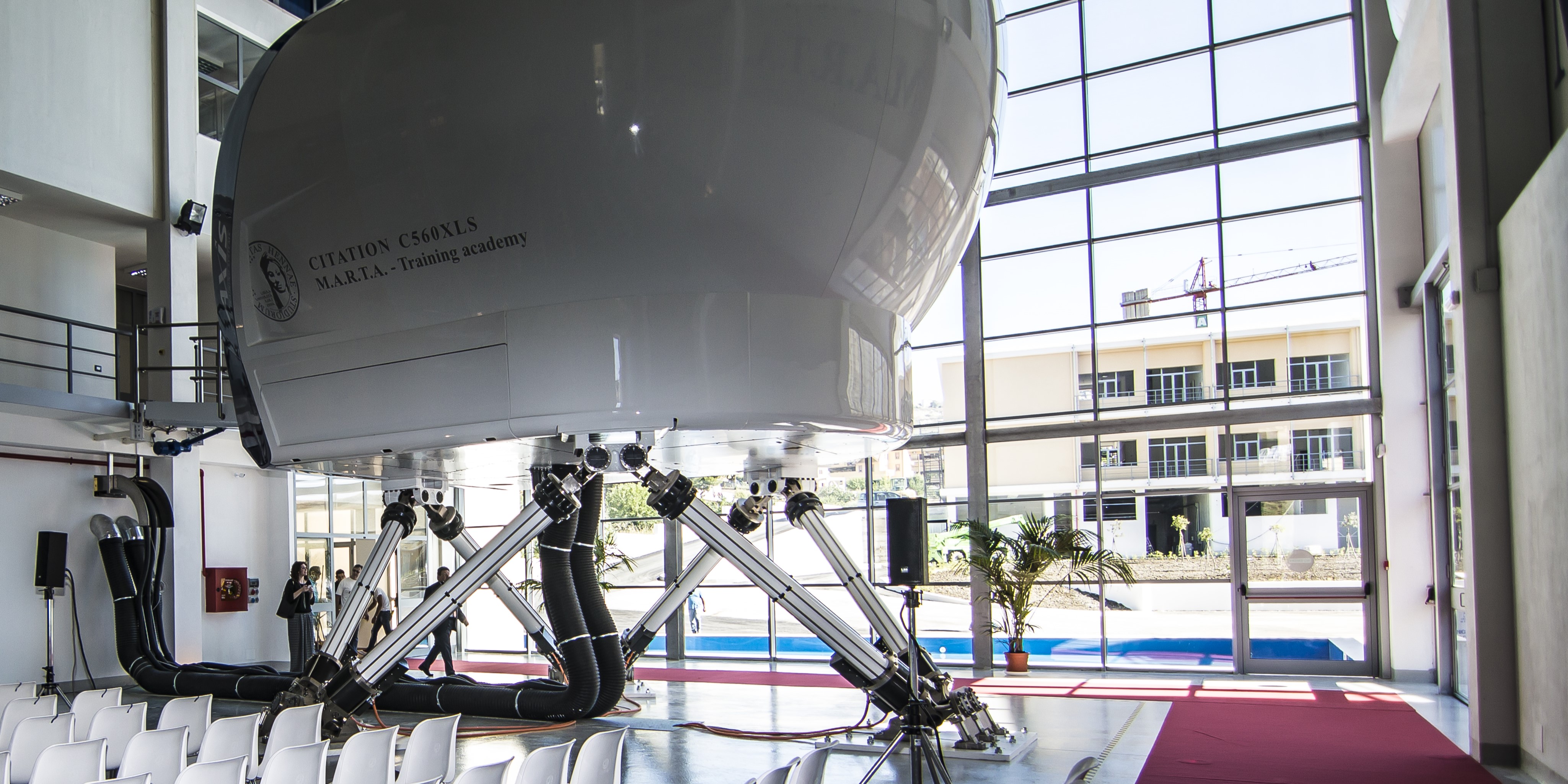
Experimental Study on the Influence of Defects from Automated Fibre Placement under Varying Strain Rates
Please login to view abstract download link
Automated fibre placement (AFP) has emerged as a prominent manufacturing technique in the aerospace and automotive industries for producing high-performance composite structures. However, defects such as gaps and overlaps inevitably occur during the AFP process. Understanding the influence of these defects on mechanical properties is crucial for ensuring the reliability of AFP-produced structures. While previous studies have investigated the effects of AFP-induced defects on quasi-static mechanical properties, limited research has focused on how these effects changed under dynamic loading scenarios. Hence, this study aims to fill in this gap by examining how the influence of defects changes from quasi-static condition to intermediate strain rates. During the manufacturing process, production data and associated metadata are automatically recorded by various data acquisition systems and stored in the DLR research data management system (RDMS) shepard (https://gitlab.com/dlr-shepard). In addition, the morphology of as-manufactured defects in test specimens is examined with non-destructive inspection (NDI) such as C-scan. Quasi-static and dynamic testing at intermediate strain rates for tension properties is conducted with and without controlled gaps. Dynamic testing of carbon fibre-reinforced low-melt polyaryletherketone (CF/LM-PAEK) is performed using a high-speed testing machine also connected to shepard, centralising autonomous test results collection. Results revealed that under quasi-static loading, staggered gaps significantly reduced the tensile strength and stiffness of the tested specimens. Interestingly, the influence of defects on tensile properties was found to be more pronounced under intermediate strain rates compared to quasi-static conditions. This suggests that dynamic loading intensifies the detrimental effects of AFP-induced defects, leading to a greater reduction in structural integrity. The findings from this experimental study highlight the impact of defects induced by AFP manufacturing processes on tensile properties at intermediate strain rates. This research contributes to a deeper understanding of the complex relationship between AFP-induced defects and strain rate effects, providing valuable insights for designing AFP components. In the future, the developed digital platform, shepard can be used to correlate data from the manufacturing process with measured test results, promoting interdisciplinary work.
